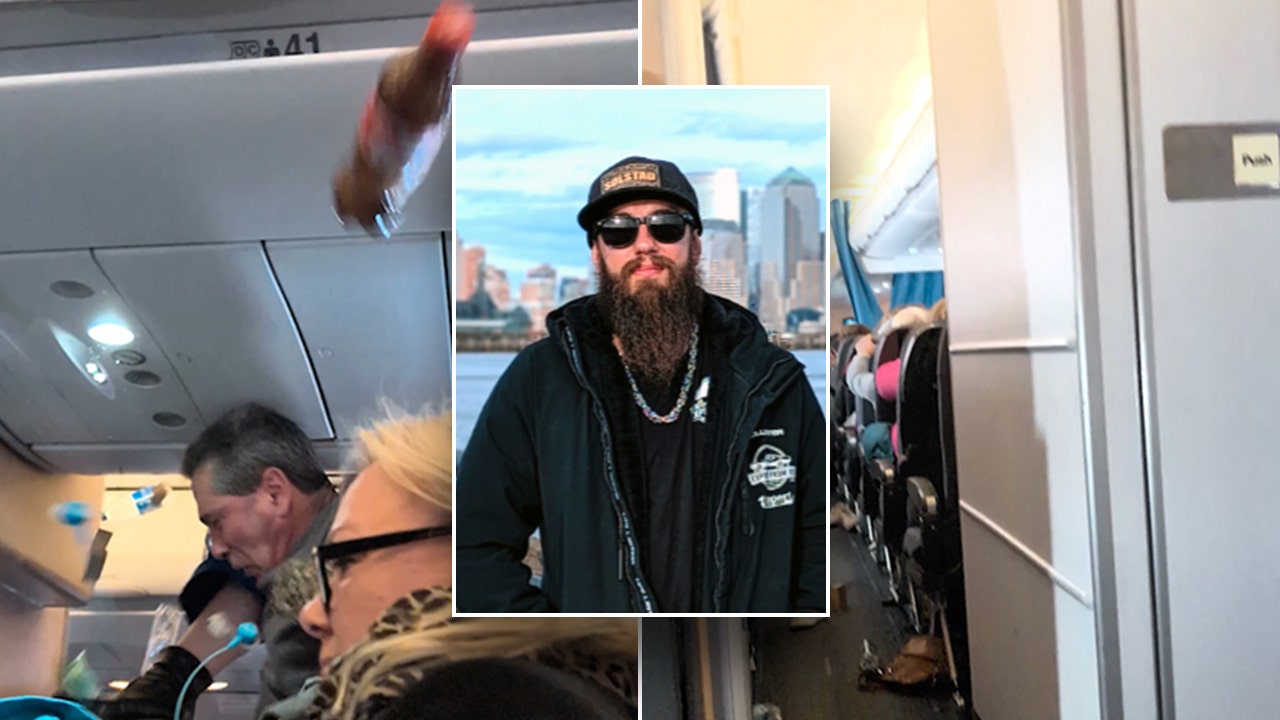Waymo Unveils Sixth-Gen Robotaxi, Partnering with Geely Zeekr

Alphabet-owned Waymo has revealed its latest self-driving technology, dubbed "Generation 6," marking a significant advancement in the company's autonomous vehicle journey. This new system, integrated into Geely Zeekr electric vehicles, promises improved performance in a wider range of weather conditions while requiring fewer sensors and cameras.
The company showcased the new robotaxis in development at its Mountain View, California, facility, inviting CNBC for a first-hand look. Satish Jeyachandran, Waymo's vice president of engineering, expressed confidence in bringing this generation to market more quickly than its predecessor, citing advancements in machine learning and semiconductor capabilities.
Waymo's commercial robotaxi service launched in late 2018 in the United States, initially utilising Chrysler Pacifica hybrid minivans and Jaguar I-PACE electric SUVs. The company is now expanding its Waymo One service across Sunbelt cities including San Francisco, Phoenix, Austin, and Los Angeles.
Currently, Waymo provides around 50,000 paid driverless trips weekly, primarily in San Francisco and Phoenix. In June, the company opened its service to all users in San Francisco, removing the previous waiting list. Waymo has now completed over 2 million trips.
Alphabet has recently pledged a fresh $5 billion investment in its autonomous vehicle division, which originated as "Project Chauffeur" within Google in 2009. Jeyachandran confirmed that the new capital will be primarily used to scale operations, including integrating the new robotaxis into the fleet after thorough testing and validation. He anticipates a co-existence of Jaguar I-PACE and Geely Zeekr vehicles within the Waymo fleet.
The upcoming Waymo-Zeekr offers a more boxy design with a footprint similar to the existing Waymo I-Pace SUVs. However, the Zeekr features a more accessible interior for passengers, with a low step-in height, high ceiling, and increased legroom between seating rows.
Waymo continues to develop custom sensors and software, including lidar, radar, and other technologies, which are strategically positioned around the Zeekr to provide a comprehensive "360-degree view" for obstacle detection and avoidance. These sensors also include wipers to maintain optimal functionality in various weather conditions.
In a move to reduce the cost of each robotaxi, Waymo has decreased the number of cameras onboard from 29 to 13 and lidar sensors from five to four. Generation 6 is currently undergoing public road testing with professional drivers behind the wheel.
To further refine its driverless technology, Waymo is conducting testing and validation in Detroit, Buffalo, New York, and New York City, aiming to understand how its cars perform in diverse traffic and weather scenarios.
While commercial robotaxi services from Didi and Pony.ai are operational in China, Waymo faces limited competition in the US market for now. Domestically, GM-owned Cruise experienced setbacks that temporarily halted its driverless operations, while Uber and Ford abandoned earlier autonomous vehicle efforts. Tesla has yet to deliver a driverless car but plans to unveil its dedicated robotaxi in October.
Waymo's latest advancements demonstrate its commitment to pushing the boundaries of self-driving technology and bringing autonomous transportation to a wider audience. The company's focus on cost reduction and enhanced performance, combined with its strategic partnerships, positions Waymo as a key player in the rapidly evolving autonomous vehicle landscape.





